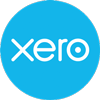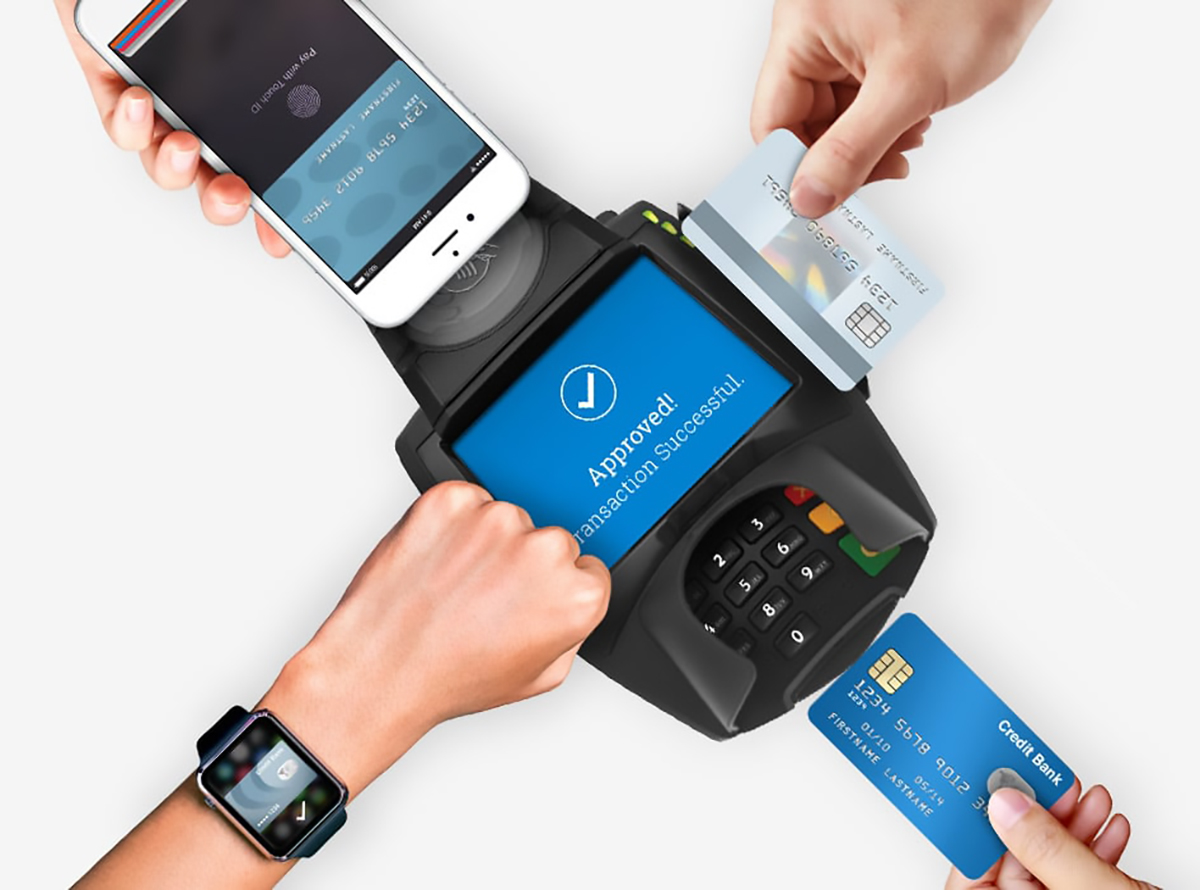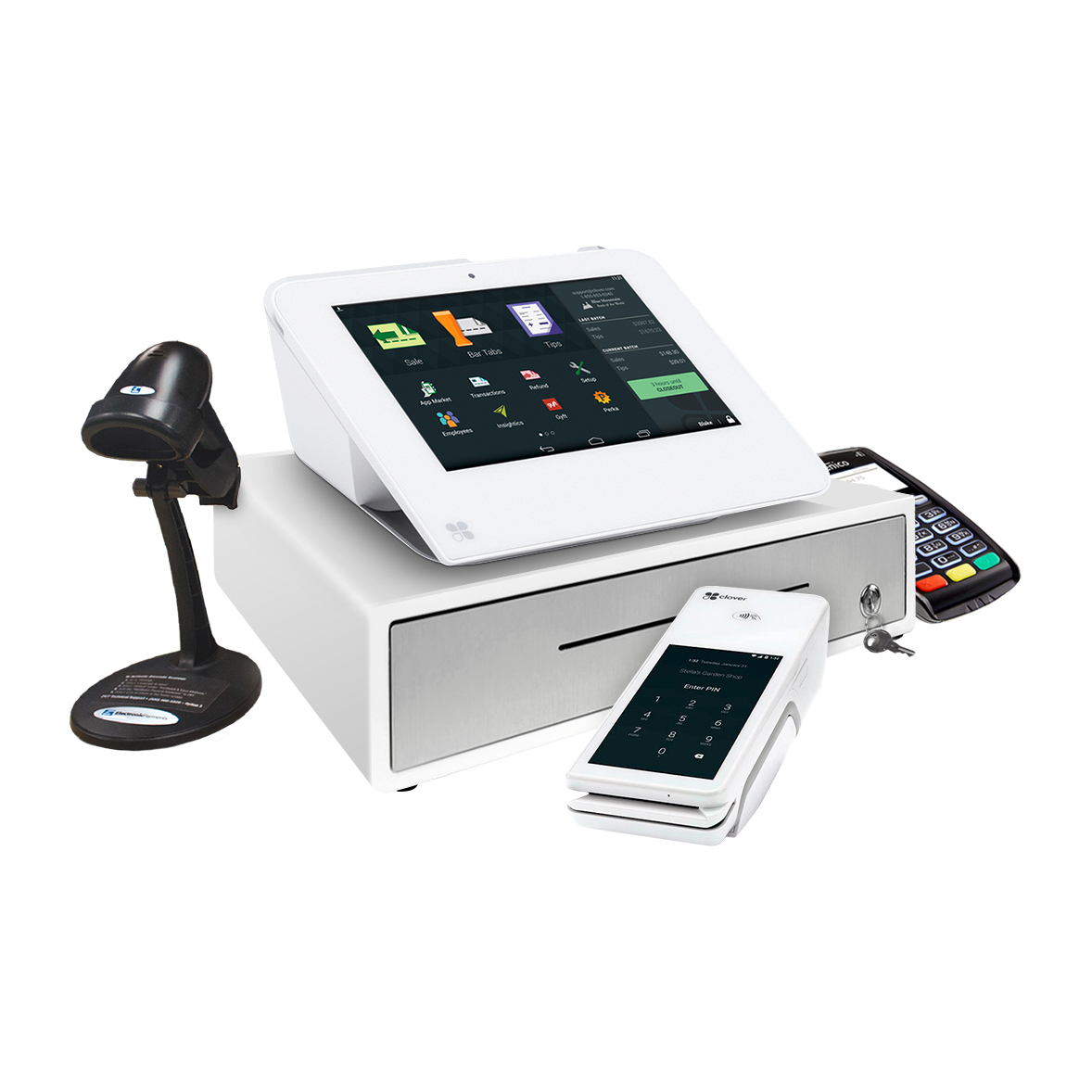Our cloud-based platform is so seamlessly integrated you would think it was part of your accounting software.




Level 2 and 3 Optimization with QuickBooks

Level 2 and 3 Optimization with QuickBooks Essentials
Implementing Level 2 and 3 Optimization with QuickBooks is a game changer for businesses looking to streamline their payment processes. By integrating these advanced credit card processing levels, businesses can enjoy reduced transaction fees and better cash flow management. The concept hinges on capturing additional transaction data, which enables you to qualify for lower interchange rates. As a professional with over 20 years in payment solutions, I can attest to the tangible savings this optimization brings to the table.
So, what sets apart Level 2 and 3 Optimization with QuickBooks? Level 2 requires basic business-related transaction data like tax amounts, while Level 3 delves deeper, needing line-item details like product codes and quantities. Integrating this within QuickBooks ensures seamless data flow, eliminating manual entry errors and enhancing accuracy. Our experience shows clients achieving up to a 20% reduction in processing fees through this method--a significant boost for your bottom line.
How Can You Optimize Level 2 and 3 Processing with QuickBooks?
To effectively implement Level 2 and 3 Optimization with QuickBooks, businesses should follow a structured approach:
- Evaluate Your Setup: Begin by auditing your current QuickBooks configuration to identify areas where Level 2 and 3 data can be seamlessly integrated.
- Upgrade Your Merchant Services: Partner with a provider that specializes in Level 2 and 3 processing to ensure compliance and leverage better interchange rates.
- Implement Necessary Technologies: Invest in payment gateways or terminals that support the intricate data requirements of Level 2 and 3 processing.
- Regular Monitoring: Continuously monitor your transactions and adjust strategies to maintain optimized processing rates.
Each of these steps demands a precise approach, and when implemented correctly, they can result in substantial savings. In my two decades of experience, I have seen businesses turn their payment challenges into competitive advantages by adopting these strategies.
What Are the Benefits of Level 2 and 3 Optimization with QuickBooks?
Businesses that embrace Level 2 and 3 Optimization with QuickBooks enjoy a myriad of advantages. First, there's the clear financial benefit stemming from lower interchange fees. By capturing detailed transaction data, the cost of processing payments is reduced, which translates to significant savings over time. This is especially beneficial for B2B environments where high transaction volumes are the norm.
Additionally, improved data insights are a major plus. The detailed reports generated allow businesses to scrutinize spending patterns, recognize opportunities for cost reduction, and ultimately make informed decisions. Anecdotal evidence from our clients often highlights enhanced operational efficiency and a streamlined customer experience as unexpected yet welcome outcomes of optimization.
Furthermore, integrating Level 2 and 3 Optimization with QuickBooks facilitates a smoother invoicing and reconciliation process, ensuring your books remain accurate and up-to-date. It's a win-win scenario where business operations are refined, and financial resources are better allocated.
Common Challenges in Implementing Level 2 and 3 Optimization
While Level 2 and 3 Optimization with QuickBooks presents numerous advantages, it is not without its challenges. One primary obstacle is the initial setup complexity. Setting up the systems to capture and process additional data can be daunting without the right guidance or tools. Businesses must ensure their equipment and software are compatible with Level 2 and 3 requirements to avoid technical hiccups.
Another common issue is maintaining data quality and security. Ensuring that all captured data is accurate and protected from unauthorized access is crucial. In my experience, a strong partnership with a reputable merchant service provider can mitigate these risks, providing reliable solutions and robust security measures.
Lastly, staying current with industry standards and regulations is vital. Regular training and updates will help ensure compliance, reducing the likelihood of incurring penalties or missed savings opportunities.
Tips for Enhancing Your QuickBooks Payments Strategy
- Leverage Automated Invoicing: Use QuickBooks' advanced features to automate invoices and payment tracking, reducing manual tasks and errors.
- Embrace Customer Feedback: Regularly solicit feedback to tweak your payment processes for improved customer satisfaction.
- Partner with Experienced Providers: Experienced partners can offer insights and support for maximizing savings through optimization.
- Educate Your Team: Equip your team with the necessary knowledge to efficiently handle Level 2 and 3 transactions, ensuring smooth operations.
- Keep Abreast of Technological Innovations: Stay ahead by adopting the latest technology solutions that enhance your business's payment efficiency.
Employing these strategies can help businesses not only maintain but enhance their payment processes, ensuring lasting benefits and a strengthened financial position.

The Importance of Real-Time Invoice Reconciliation
Handling financial transactions has become increasingly crucial in today's fast-paced business environment. The ability to Reconcile Invoices with QuickBooks in real time is indispensable for businesses seeking efficiency and precision. At The POS Brokers, we facilitate seamless integration with QuickBooks, allowing businesses to harness the power of real-time data management.
Real-time reconciliation bridges the gap between invoicing and payment processing, ensuring all transactions are recorded accurately. This process helps in maintaining a clear financial picture and aids in decision-making. Our experience shows that businesses using real-time reconciliation experience a 40% reduction in payment discrepancies, as compared to those using traditional methods.
How to Reconcile Invoices with QuickBooks in Real Time
To seamlessly Reconcile Invoices with QuickBooks in real time, follow these steps:
- Connect Your Accounts: Ensure all your bank and merchant accounts are linked within QuickBooks.
- Automate Syncing: Set up QuickBooks to automatically update and sync transactions daily.
- Review Alerts: Configure alerts for any discrepancies or mismatched entries.
- Verify Transactions: Regularly cross-check transactions and update any missing details.
- Utilize Reports: Leverage QuickBooks' reporting features to generate insights and adjust strategies.
Following these steps will ensure your business benefits from accurate and timely invoice reconciliation, saving both time and resources.
Why Automation is Key to Efficient Reconciliation
Automation is revolutionizing how businesses Reconcile Invoices with QuickBooks in real time. By streamlining processes, businesses can drastically reduce manual errors and save countless hours. Implementing tools like Biller Genie provides automated collections and payment reminders, integrating effortlessly with QuickBooks.
In our two decades of industry experience, we have observed businesses achieving up to 50% faster transaction processing times by leveraging automation. This efficiency allows businesses to focus on growth strategies rather than administrative tasks.
Automation also enhances accuracy. By minimizing human intervention, the risk of error is greatly reduced, which is essential for maintaining trust and credibility with clients and stakeholders.
The integration of automated systems with QuickBooks also means real-time data access, empowering businesses to make informed decisions and improve their financial health.
What Challenges Arise When Reconciling Invoices?
Reconciling invoices can bring about various challenges, especially for businesses with high transaction volumes. Common issues include misallocated funds, unmatched transactions, and inconsistent data entries. At The POS Brokers, we understand these challenges and offer solutions to streamline and Reconcile Invoices with QuickBooks in real time.
- Data Discrepancies: Ensure all system data is up to date to avoid mismatch errors.
- Manual Entry Errors: Relying on automated systems minimizes human errors in data entry.
- Inconsistent Reporting: Regular checks and balances through reports can identify and rectify inconsistencies early on.
Addressing these issues head-on with the right strategies and tools can significantly improve reconciliation accuracy and efficiency.
How Can Real-Time Reconciliation Be Enhanced?
Enhancing the ability to Reconcile Invoices with QuickBooks in real time requires the right tools and mindset. A strong focus on continuous improvement and leveraging emerging technologies can lead to significant advancements.
Consider training employees to utilize QuickBooks to its fullest potential, or engage with professionals who specialize in optimizing QuickBooks setups. Also, keep abreast of the latest software updates and features that could further streamline processes.
Additionally, seeking professional advice on optimizing current processes can uncover areas of improvement you might not have considered. In our experience, businesses that actively pursue optimization see a marked improvement in their reconciliation processes and financial accuracy.
Streamlining Business Processes with Automation
Incorporating automated reconciliation with QuickBooks has transformed how businesses manage their financial processes. As someone with over 20 years in the industry, I've witnessed firsthand how seamless automation can enhance accuracy and efficiency. By efficiently integrating automated reconciliation with QuickBooks, businesses reduce manual entry and minimize errors, ultimately saving time and money. This advanced feature ensures that all transactions are accurately matched, reflecting the reality of your accounts and improving financial oversight.
When automated reconciliation with QuickBooks is set up, it effectively synchronizes your bank transactions with your QuickBooks ledger, providing real-time financial insights. This functionality not only benefits the day-to-day accounting operations but also bolsters strategic decision-making. As more businesses adapt to the digital age, embracing automated reconciliation with QuickBooks becomes indispensable.
How to Set Up Automated Reconciliation
Setting up automated reconciliation with QuickBooks involves a few strategic steps. Here's a quick guide to get you started:
- Connect Your Bank Account: Log into your QuickBooks account and navigate to the banking section. Connect your bank account to enable seamless data flow.
- Configure Preferences: Within the reconciliation settings, select the specific preferences like transaction matching rules and frequency.
- Review Matched Transactions: On a regular basis, review the automatically matched transactions to ensure they're accurate.
- Generate Reports: Use QuickBooks to produce reconciliation reports, which provide a comprehensive account of your business's financial health.
FAQ: What is the Process of Automated Reconciliation?
Automated reconciliation with QuickBooks is a process where bank transactions are automatically matched to your accounting records, eliminating discrepancies and ensuring financial data accuracy. It provides a streamlined approach to managing accounts, reducing manual workload, and enhancing financial reliability.
I've seen how this process not only saves time but also significantly reduces errors that are common in manual reconciliation. By integrating payment solutions that allow for automated reconciliation with QuickBooks, businesses can focus more on growth and less on tedious financial admin tasks.
Facing Challenges Head-On: A Perspective
Despite the remarkable benefits, some businesses encounter challenges when adopting automated reconciliation with QuickBooks. Initially, the transition might seem daunting, but with the right support, like that provided by The POS Brokers, these hurdles can be overcome swiftly.
Many clients have expressed concerns over data integrity and security. However, QuickBooks supports advanced encryption and safety measures to ensure that your financial data remains secure during the reconciliation process. Furthermore, assistance in navigating any initial learning curves can make the transition smoother.
Ultimately, the success of implementing automated reconciliation with QuickBooks hinges on understanding the specific needs of your business and choosing a tailored solution that integrates smoothly with your existing systems.
The Benefits of Integration with Payment Solutions
With a comprehensive approach to accounting, automating reconciliation with QuickBooks offers numerous advantages. Firstly, it allows for real-time tracking of your financial status, empowering businesses to make informed decisions quickly. Additionally, it provides an integrated solution where invoicing and reconciliation happen simultaneously, saving businesses both time and effort.
Businesses that utilize automated reconciliation with QuickBooks also benefit from reduced processing fees and enhanced cash flow management, thanks to seamless integration with QuickBooks' credit card processing. This integration not only facilitates quicker payment cycles but also optimizes cost efficiencies, ensuring your business remains financially agile.
- Real-time transaction updates
- Reduced manual entry errors
- Enhanced financial decision-making
- Optimized cash flow management
By leveraging these tools, firms like The POS Brokers enable businesses to harness the full potential of automated reconciliation with QuickBooks, paving the way for smarter financial management.

What is Level 2 and 3 Optimization with QuickBooks?
Level 2 and 3 Optimization in QuickBooks essentially involves capturing more detailed transaction data to qualify for lower credit card processing fees, particularly in B2B transactions. Level 2 includes data like tax amounts, while Level 3 captures line-item details such as product codes and quantities. This means that businesses can significantly reduce their transaction costs by providing this additional information.
Picture owning a business where you're handling numerous transactions daily. The fees can add up. By leveraging Level 2 and 3 processing, you're tapping into a seasoned strategy for cost savings. At The POS Brokers, we've seen clients save up to 20% on fees by implementing this approach. Now, isn't that a compelling reason to integrate it into your QuickBooks today?
How can I start using Level 2 and 3 Optimization with QuickBooks?
Getting started with Level 2 and 3 Optimization on QuickBooks involves a few strategic steps. You'll want to first evaluate your current setup. Ask yourself: does my existing system support this level of data detail? Often, the answer is no, which means it's time to upgrade your merchant services to include a provider experienced in Level 2 and 3 processing.
Let me share a story: one of our clients initially hesitated to switch due to perceived complexity. But after a seamless transition with our guidance, they enjoyed a 15% cut in processing expenses. This underscores the benefit of partnering with experts who understand your business needs. Lastly, regular monitoring is crucial. Set up alerts to keep your transaction strategies optimized and compliant.
What are common misconceptions about Level 2 and 3 Optimization?
A prevalent misconception is that Level 2 and 3 Optimization is too complicated or only beneficial for large enterprises. In reality, businesses of all sizes can benefit from these optimizations. The setup might seem daunting initially, but with the right tools and support, it's quite manageable.
Consider this: Back when electronic payments were burgeoning, many businesses resisted digitalization due to similar fears. Those who adapted early reaped considerable advantages. Similarly, embracing Level 2 and 3 Optimization can set your company ahead. Another misconception is about security--with proper encryption and compliance measures, security risks are minimal.
Why should I care about real-time invoice reconciliation with QuickBooks?
Real-time invoice reconciliation helps maintain accurate financial records and can dramatically reduce discrepancies in your accounts. When you reconcile invoices in real time, you ensure a smoother, more efficient accounting process. This can be particularly valuable in high-volume businesses where even small mismatches can lead to significant issues over time.
At The POS Brokers, we've observed our clients cutting down their payment discrepancies by as much as 40% compared to traditional methods, thanks to real-time reconciliation. Imagine a business day where end-of-month tasks don't involve sifting through piles of mismatched data. Wouldn't that transform your financial operations?
How does automated reconciliation with QuickBooks work?
Automated reconciliation with QuickBooks works by syncing your bank and credit card transactions automatically with your QuickBooks accounts. This process matches entries effortlessly, saving time and minimizing human error. The setup involves connecting your bank accounts and configuring preferences for transaction matching and frequency.
I recall one particular client expressing surprise at seeing their backlog of reconciliation work reduced drastically after adopting automation. With QuickBooks handling the matching of transactions in real-time, you're freed up to focus on other critical business areas. This kind of efficiency is a game-changer for any company.
What are the benefits of automating reconciliation with QuickBooks?
Automation reduces manual entry, cutting down on errors and freeing up your team's time for other valuable tasks. It also provides instant access to up-to-date financial information, which can significantly affect decision-making processes. For example, real-time updates can illuminate cash flow trends that you might not have noticed before.
In our experience, companies that automate their reconciliation processes often experience up to 50% faster transaction processing times. This allows them to not only keep their financial data accurate but also to strategize their growth with more confidence. If you're curious about how automation can transform your business, consider doing a trial run for a month and track the time savings.
Are there challenges to implementing Level 2 and 3 Optimization?
As with any system upgrade, challenges exist, primarily around setup and compatibility. Initially, some businesses find it difficult to ensure their current equipment supports this level of data processing. Partnering with the right merchant service provider can alleviate these challenges by offering the necessary guidance and tools.
Another concern might be maintaining data accuracy and security, but these are manageable with the right security protocols and data management strategies. Just imagine the peace of mind you'd feel knowing your payment processes are not just efficient but also secure. It's worth discussing these potential hurdles with an expert to tailor a solution that fits your specific needs.
How can I make the most of my QuickBooks payment strategy?
To maximize your QuickBooks payment strategy, automatic invoicing is a great start. This reduces manual errors and speeds up cash flow. Additionally, partner with experienced providers who can negotiate better rates for you, further reducing costs.
For instance, one of our clients used customer feedback to refine their payment processes, leading to increased customer satisfaction. Keeping abreast of technological innovations can also enhance efficiency. Remember, a good plan isn't static--regularly revisiting and refining your strategies will help ensure continued success.
Resources
- Small Business Administration (SBA) - The official website of the U.S. Small Business Administration offering resources and guidance for small businesses.
- U.S. Department of Education - The official website of the U.S. Department of Education providing information on educational policies and programs.
- Internal Revenue Service (IRS) - The official website of the IRS offering tax information, forms, and resources for individuals and businesses.
- USA.gov - The official website of the U.S. government providing information on a wide range of topics and services.
Contactless Payments!
Ensure your safety with the convenience of contactless payments. Our wide range of devices offers seamless contactless payment options, along with mobile contactless alternatives for hassle-free curbside pickups and deliveries. Contact us today for further details and stay secure.
Chip Card
Swipe Card
Apple Watch
E-Check
NFC Phone
 Quick Tip
Quick Tip
38% of new business owners make the wrong choice when selecting a POS for their startup.
Let Us Help You Choose the Right POS System and Save You the Hassle!

Contactless Payments!
Stay safe with contactless payments. All of our devices have contactless payment options and mobile contactless options for curbside pickups and deliveries. Call now for more information.
Chip Card
Swipe Card
Apple Watch
E-Check
NFC Phone
Ready to talk to an advisor?
Complete the form or call us now to talk to a live representative.
“The POS Brokers are amazing. They answered all our questions and explained everything clearly.”
Retail Owner






Reviews
There are no reviews yet.